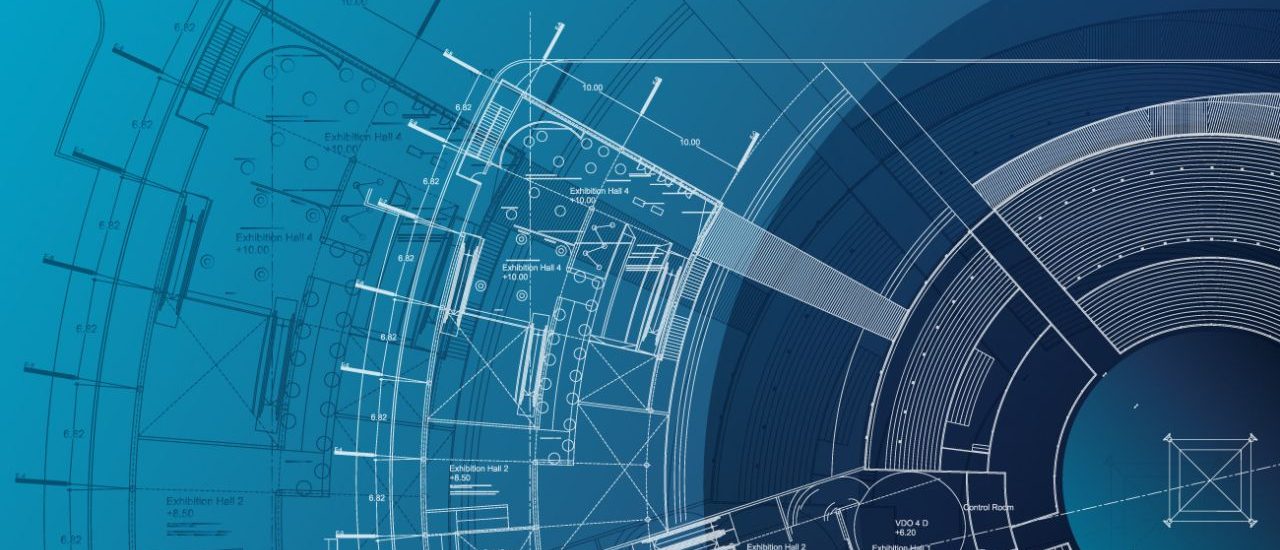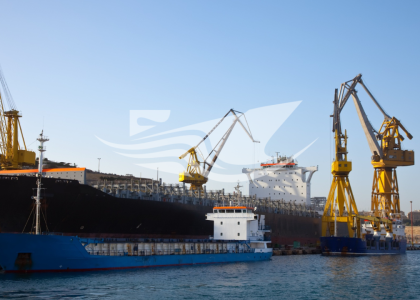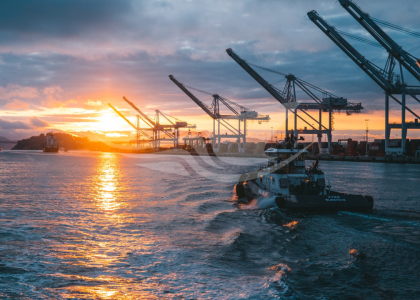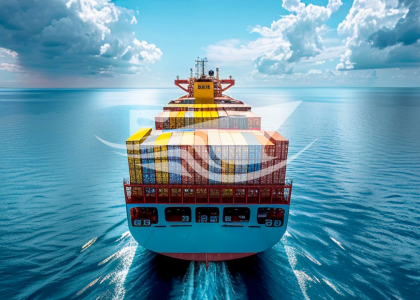As the global maritime industry adapts to emerging challenges and technologies, the demand for intelligent ship design is on the rise. Beyond traditional aesthetics, modern vessel construction is increasingly defined by its functionality, ergonomic layout, and operational efficiency. Functional Vessel Design is not just about how a vessel looks—it’s about how every component contributes to performance, safety, sustainability, and human well-being (image by: freepik).
At PT. Lentera Segara Indonesia, we specialize in vessel design and supervision services that focus on integrating practical, future-proof principles into maritime engineering. Our approach bridges the gap between theory and real-world usability, ensuring that every ship we support is designed with intention, innovation, and international best practices.
Understanding Functional Vessel Design
Functional design in the maritime sector goes far beyond external appearance. It encompasses the layout, equipment placement, accessibility, and spatial flow within a ship. This design philosophy aims to optimize operational efficiency while minimizing fatigue, accidents, and unnecessary movement on board.
A functionally designed vessel ensures that crew and operational personnel can perform their tasks effectively in all conditions, whether in port or at sea. From bridge layouts to engine room access and galley ergonomics, each element must be designed with purpose and efficiency in mind.
Core Innovations Shaping Modern Ship Design
1. Ergonomic Design
At the heart of functional design is ergonomics—the study of how humans interact with their environment. In vessels, this includes everything from seat positioning in control rooms, the layout of navigation equipment, to ease of access in confined spaces. Poor ergonomics can lead to operator fatigue, decreased performance, and even safety risks.
By applying ergonomic principles in design, we enhance crew comfort, reduce strain, and improve productivity. Ergonomically designed workstations also reduce injury risks and are crucial for long voyages where physical and mental stress can accumulate over time.
2. Ship Interior Optimization
Ship interiors are no longer just about cabins and corridors. They are dynamic workspaces that need to balance space efficiency, regulatory compliance, and crew comfort. Today’s vessel interiors must also accommodate advanced systems, automation panels, and safety gear—without becoming cluttered or overwhelming.
Our design process includes digital 3D modeling and simulation to ensure the interior layout serves its purpose optimally. We pay close attention to lighting, ventilation, noise control, and spatial distribution to create harmonious environments that foster well-being and work performance.
3. Crew Comfort and Safety
The wellbeing of the crew is directly tied to vessel performance. Comfortable living quarters, effective sound insulation, controlled temperature zones, and intuitive layouts contribute to reduced fatigue and higher morale. In high-stress environments such as offshore or defense operations, this can significantly improve crew readiness and decision-making.
Functional vessel design also encompasses accessibility for maintenance and emergency situations. For example, providing easy access to life-saving equipment, fire extinguishers, and escape routes can make the difference between safety and catastrophe.
Why Functional and Ergonomic Design Matters
In today’s competitive and regulated maritime landscape, vessels must deliver performance while meeting evolving environmental and safety standards. Functional and ergonomic design supports:
- Operational Efficiency: Smarter layouts mean faster, safer, and more effective vessel operation.
- Compliance: International regulations increasingly mandate ergonomic and safety standards, especially for crew accommodations and workspaces.
- Fuel Efficiency: Efficient interior and structural layouts contribute to better balance and hydrodynamics, indirectly reducing drag and fuel consumption.
- Crew Retention: Comfortable and functional environments contribute to higher job satisfaction and retention of skilled maritime professionals.
From a commercial standpoint, investing in functional design pays dividends in lifecycle cost reduction, fewer accidents, lower maintenance, and enhanced mission readiness.
Technology Meets Human-Centric Design
Thanks to innovations in design software, computational analysis, and 3D scanning, we can now visualize how users will interact with a ship before it’s built. Human-centered design combined with advanced simulation tools allows us to spot inefficiencies, correct design flaws, and maximize utility.
PT. Lentera Segara Indonesia employs these technologies to assess sightlines from navigation decks, simulate emergency drills in engine rooms, and evaluate acoustic dynamics in living quarters. By combining human insight with technological tools, we produce designs that deliver lasting value.
Real-World Application: Design Beyond the Drawing Board
We’ve applied these principles to various vessel types, including:
- Patrol Boats: Ergonomic control rooms designed for quick decisions and long hours at sea.
- Commercial Workboats: Practical layouts that reduce turnaround times and improve cargo handling efficiency.
- Ferries and Transport Vessels: Passenger comfort balanced with operational practicality.
- Tugboats: Compact but functional spaces ensuring crew effectiveness in demanding port environments.
By focusing on real-world needs, we help shipowners and operators realize improvements in both performance and safety—without increasing complexity or cost.
Our Expertise at PT. Lentera Segara Indonesia
As an established maritime solutions provider with a proven track record across design, supervision, and consultation, we bring practical experience to every project. Our team is composed of naval architects, engineers, and project managers who understand the complex realities of ship operations and crew dynamics.
We don’t just design vessels—we design experiences. Our goal is to ensure every ship we touch is functional, future-proof, and aligned with our client’s operational and regulatory needs.
Partner With Us for Smart Vessel Design
Whether you’re upgrading an existing fleet or building from scratch, our functional and ergonomic design solutions can provide the competitive edge you need. We tailor our services for shipyards, government agencies, and private operators looking for excellence in performance, safety, and user experience.
Ensure optimal performance and crew comfort. Discuss functional and ergonomic design solutions with our experts. Elevate your vessel’s usability and efficiency. Learn more about our human-centric design approaches.







